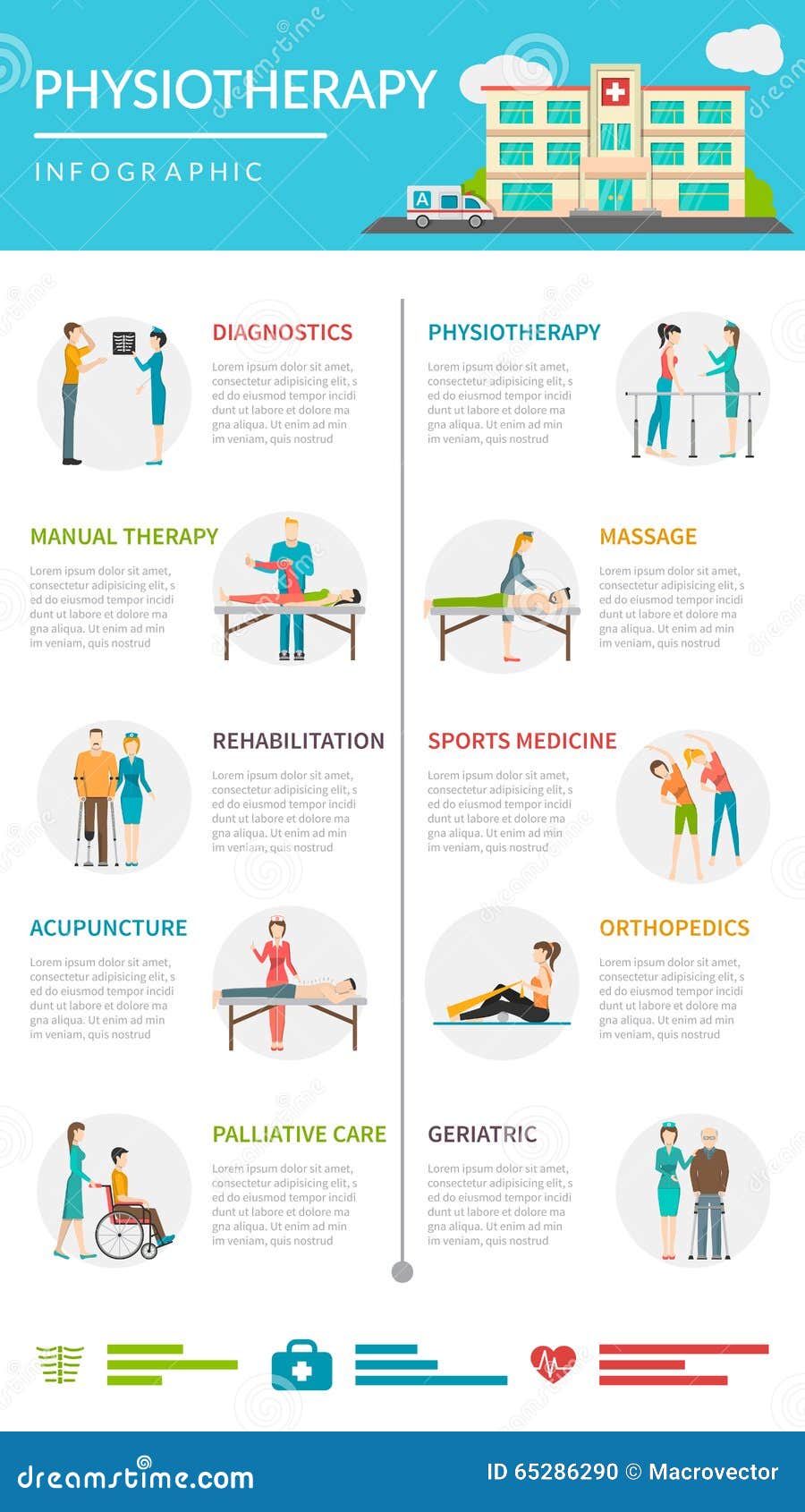Frequent Activities That Add To Neck And Back Pain And Ways To Stop Them
Frequent Activities That Add To Neck And Back Pain And Ways To Stop Them
Blog Article
Content By-Love Svenningsen
Maintaining appropriate posture and avoiding usual challenges in day-to-day activities can dramatically impact your back health. From just how Read More Listed here sit at your workdesk to exactly how you lift hefty things, small changes can make a large distinction. Envision a day without the nagging back pain that impedes your every step; the remedy could be simpler than you think. By making a couple of tweaks to your daily behaviors, you could be on your method to a pain-free existence.
Poor Position and Sedentary Way Of Living
Poor pose and an inactive lifestyle are 2 major contributors to pain in the back. When you slouch or suspicion over while sitting or standing, you placed unnecessary stress on your back muscles and spinal column. This can bring about muscular tissue discrepancies, stress, and ultimately, chronic back pain. Furthermore, sitting for extended periods without breaks or exercise can damage your back muscular tissues and lead to rigidity and pain.
To combat inadequate posture, make an aware effort to sit and stand up straight with your shoulders back and lined up with your ears. Keep in mind to maintain your feet flat on the ground and stay clear of crossing your legs for extensive periods.
Integrating regular extending and enhancing workouts into your everyday regimen can likewise help improve your posture and minimize back pain related to a sedentary way of living.
Incorrect Lifting Techniques
Inappropriate training strategies can considerably contribute to neck and back pain and injuries. When you raise heavy objects, remember to bend your knees and use your legs to raise, rather than depending on your back muscle mass. Prevent turning your body while lifting and keep the object near to your body to decrease strain on your back. It's vital to keep a straight back and prevent rounding your shoulders while raising to prevent unneeded stress on your back.
Always examine the weight of the object prior to lifting it. If it's too hefty, ask for aid or use tools like a dolly or cart to carry it securely.
Keep in mind to take breaks throughout raising jobs to provide your back muscular tissues a possibility to relax and avoid overexertion. By applying proper training techniques, you can stop pain in the back and reduce the danger of injuries, guaranteeing your back stays healthy and solid for the long term.
Lack of Normal Workout and Stretching
An inactive lifestyle without regular workout and stretching can substantially add to back pain and pain. When you do not engage in physical activity, your muscle mass become weak and inflexible, bring about inadequate posture and increased pressure on your back. Click At this website enhance the muscles that support your back, boosting security and lowering the risk of back pain. Including extending right into your regimen can additionally boost versatility, avoiding stiffness and pain in your back muscular tissues.
To stay clear of pain in the back caused by an absence of workout and extending, aim for at the very least half an hour of modest exercise most days of the week. Consist of workouts that target your core muscle mass, as a solid core can help ease stress on your back.
Additionally, take breaks to extend and move throughout the day, particularly if you have a desk work. Basic stretches like touching your toes or doing shoulder rolls can assist ease stress and prevent pain in the back. Prioritizing normal workout and extending can go a long way in keeping a healthy back and decreasing discomfort.
Verdict
So, bear in mind to stay up right, lift with your legs, and stay active to stop pain in the back. By making simple modifications to your daily behaviors, you can avoid the pain and constraints that feature back pain. Deal with your spine and muscle mass by exercising great posture, proper training techniques, and regular exercise. Your back will thank you for it!
